Easy Posture Fixes to Keep Back Pain Away for Good
In a world increasingly defined by screens and sedentary habits, that nagging backache has become a familiar, unwelcome companion for far too many. It's easy to dismiss, but often, the culprit isn't a sudden injury—it's the silent sabotage of poor posture, subtly misaligning your spine and silently straining your muscles. More than just standing tall, good posture is an ingenious alignment that minimizes stress on your body's intricate framework, preventing fatigue, joint strain, and chronic pain. Recognizing these subtle signals and making conscious adjustments can unlock profound relief. We've significantly expanded our definitive guide, now revealing 21 essential insights to help you master perfect posture, reclaim comfort, and move through life with newfound freedom and vitality.
1. Understanding Posture - The Science Behind Alignment

To effectively transform your posture, it's essential to understand the science behind alignment and how it affects your body. Posture refers to the position in which you hold your body while standing, sitting, or lying down. Good posture involves training your body to stand, walk, sit, and lie in positions where the least strain is placed on supporting muscles and ligaments. The spine has three natural curves: the cervical curve (inward at the neck), the thoracic curve (outward at the upper back), and the lumbar curve (inward at the lower back). These curves are essential for absorbing shock and maintaining balance. When these curves are exaggerated or diminished due to poor posture, it can lead to back pain and discomfort. Understanding the natural alignment of the spine is crucial for recognizing when your posture is off and needs correction. Muscles play a significant role in maintaining posture. The core muscles, including the abdominals, obliques, and lower back muscles, provide stability to the spine. Weak or imbalanced muscles can lead to poor posture and increased strain on the back. By understanding the science behind posture, you can better appreciate the strategies outlined in this article and their potential to transform your back health.
2. Ergonomic Workspaces - Designing for Comfort

One of the most effective ways to improve posture and reduce back pain is by creating an ergonomic workspace. With many people spending hours at a desk, it's crucial to ensure that your work environment supports good posture. Ergonomics involves designing workspaces and tools to fit the user's needs, minimizing discomfort and strain. One option is a standing desk or spending some time working at a countertop, which is a great way to give your back a break. The chair is a fundamental component of an ergonomic workspace. An ideal chair should support the natural curve of the spine, with adjustable height and armrests to accommodate different body types. The seat depth should allow for a few inches of space between the back of the knees and the edge of the seat, promoting circulation and reducing pressure on the thighs. In addition to the chair, the placement of the computer monitor and keyboard is crucial for maintaining good posture. The monitor should be at eye level, about an arm's length away, to prevent neck strain. The keyboard and mouse should be positioned so that the elbows are at a 90-degree angle, with the wrists in a neutral position. By investing in an ergonomic workspace, you can create an environment that supports your posture and enhances your productivity.
3. Mindful Movement - Incorporating Awareness into Daily Activities

Mindful movement is a powerful tool for improving posture and reducing back pain. It involves bringing awareness to how you move and hold your body throughout the day, making conscious adjustments to promote better alignment. Mindfulness is the practice of being present and fully engaged in the moment, without judgment. When applied to movement, it encourages you to pay attention to your body's position and alignment, making adjustments as needed. By incorporating mindfulness into your daily routine, you can develop a greater understanding of your body's needs and make changes that support better posture. Simple activities like walking, standing, and sitting can be transformed into opportunities for mindful movement. For example, when walking, focus on keeping your head up, shoulders back, and core engaged. When sitting, be aware of your posture and make adjustments to maintain a neutral spine. By practicing mindful movement, you can develop habits that promote better posture and reduce the risk of back pain.
4. Core Strengthening Exercises - Building a Solid Foundation
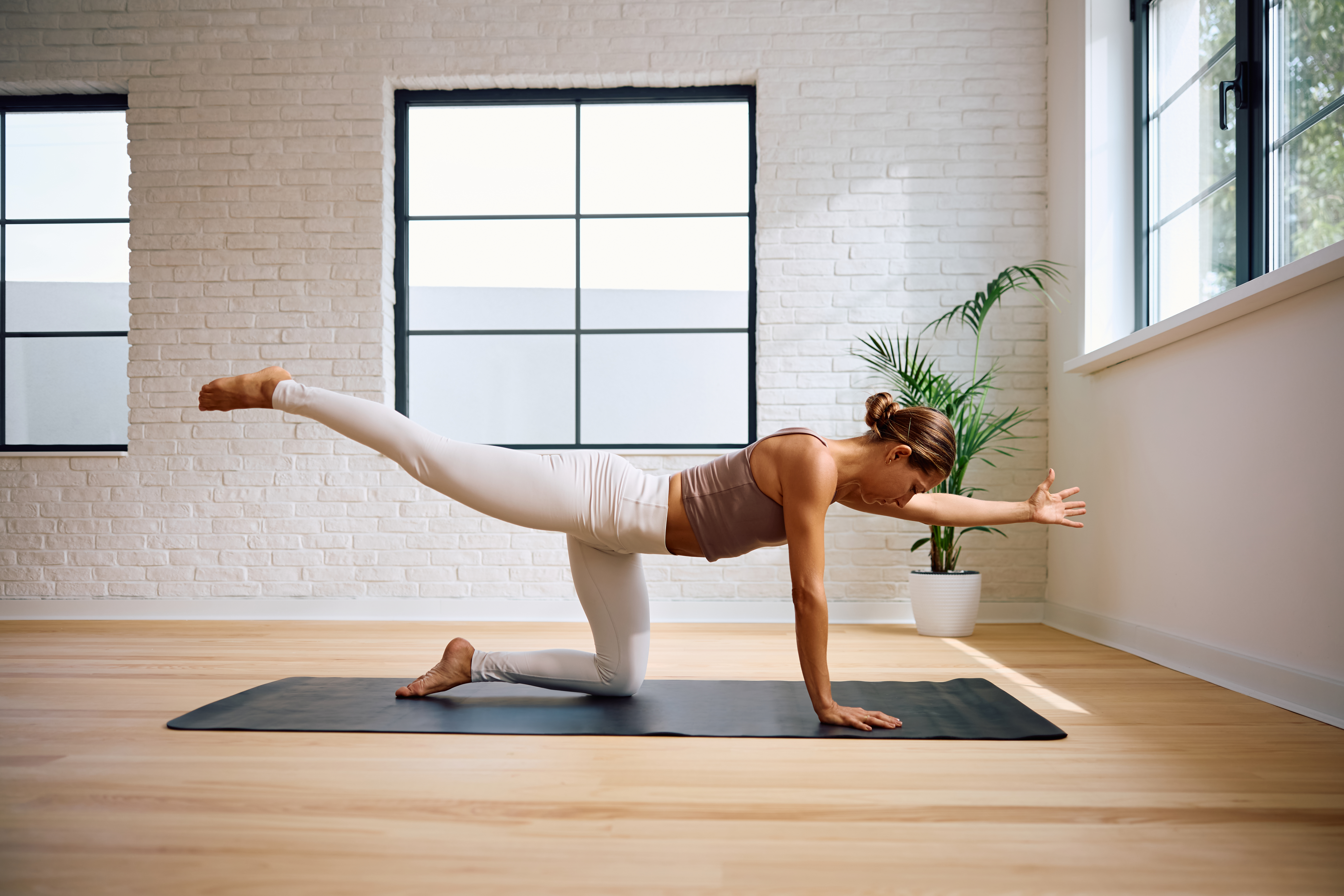
A strong core is essential for maintaining good posture and preventing back pain. The core muscles, including the abdominals, obliques, and lower back muscles, provide stability and support to the spine. Core strengthening exercises target the muscles that support the spine, improving stability and alignment. By strengthening the core, you can create a stable base that supports proper posture and reduces the strain on the back. Exercises such as planks, bridges, and bird-dogs are effective for targeting the core muscles and improving posture. The most important part of core training is consistency and progression, and the key is to gradually increase the intensity and duration of your workouts. By prioritizing core strength, you can enhance your posture and enjoy a pain-free back experience.
5. Stretching and Flexibility - Enhancing Mobility and Alignment
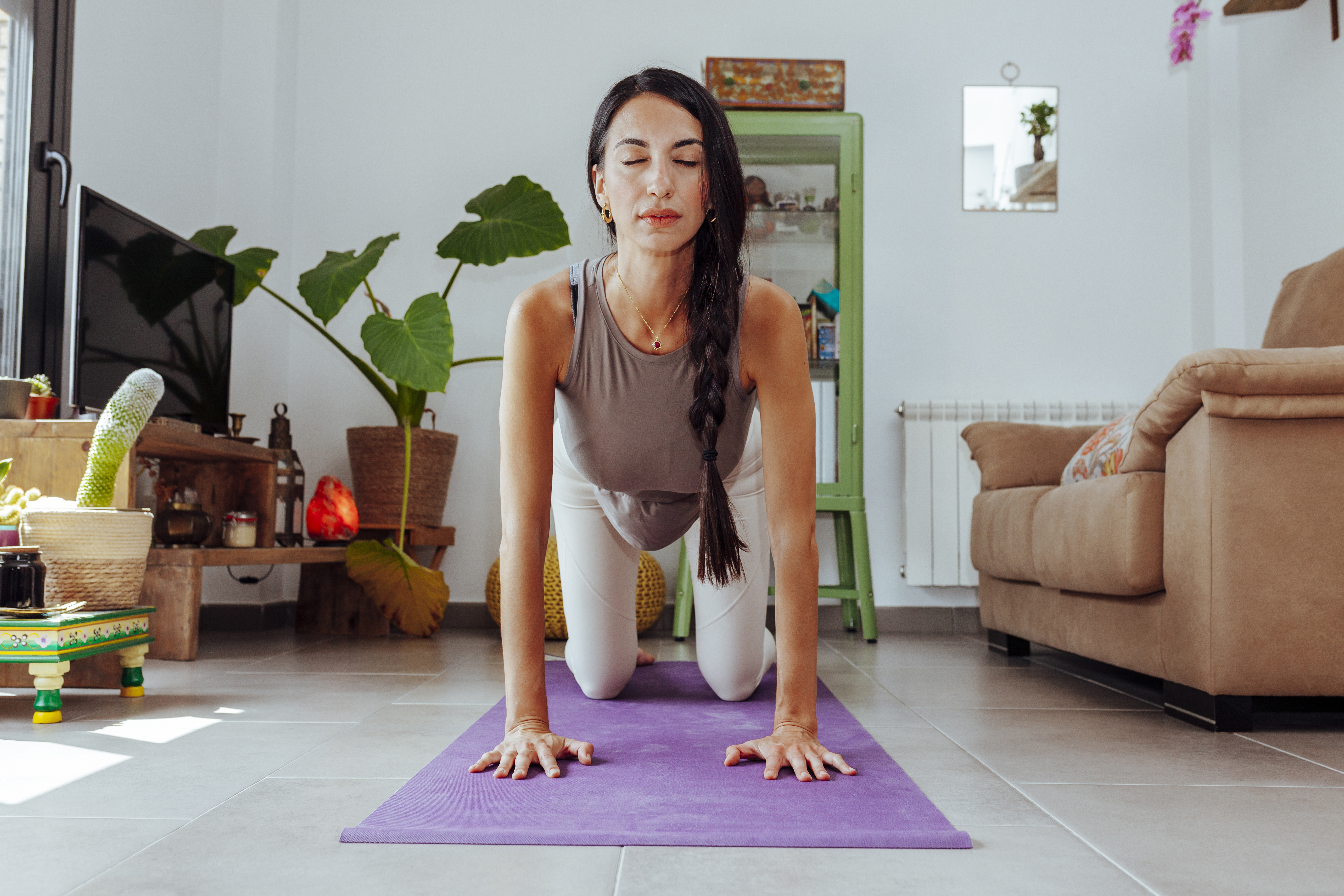
Stretching and flexibility play a crucial role in maintaining good posture and preventing back pain. Tight muscles can lead to imbalances and misalignment, increasing the risk of discomfort and injury. Stretching helps to lengthen and relax muscles, reducing tension and promoting better posture. By incorporating stretching into your routine, you can address muscle imbalances and enhance your posture. There are a variety of stretching exercises that target key muscle groups involved in posture, such as the hamstrings, hip flexors, and chest muscles. We encourage readers to incorporate simple stretches into your daily routine such as child's pose, bridging, or cat-cow exercises. By prioritizing flexibility, you can improve your posture and enjoy a pain-free back experience.
6. Yoga and Pilates - Integrating Mind and Body for Posture Improvement

Yoga and Pilates are two disciplines that can significantly enhance posture and reduce back pain. Both practices focus on integrating mind and body, promoting awareness, flexibility, and strength. Yoga emphasizes alignment, balance, and mindfulness, making it an excellent practice for improving posture. By practicing yoga, you can develop habits that promote better posture and reduce the risk of back pain. Pilates is a low-impact exercise that focuses on core strength, flexibility, and alignment. By practicing Pilates, you can develop a strong foundation that supports proper posture and reduces strain on the back. Start by including beginner-friendly exercises and modifications for different fitness levels in your morning routine, such as spine twists, forward fold stretch, or pelvic tilt exercises. Soon, these daily habits will help you say goodbye to morning back pain.
7. Breathing Techniques - Harnessing the Power of Breath for Better Posture

Breathing techniques can play a significant role in improving posture and reducing back pain. Proper breathing helps to engage the core muscles, support spinal alignment, and reduce tension in the body. Breathing is often an overlooked aspect of posture, but it plays a crucial role in maintaining proper alignment. By focusing on your breath, you can develop habits that promote better posture and reduce the risk of back pain. Techniques such as diaphragmatic breathing and box breathing are effective for engaging the core muscles and promoting better posture. By being consistent and mindful in your breathing techniques, you'll be able to harness the power of breath to enhance your posture.
8. Postural Awareness - Recognizing and Correcting Misalignment
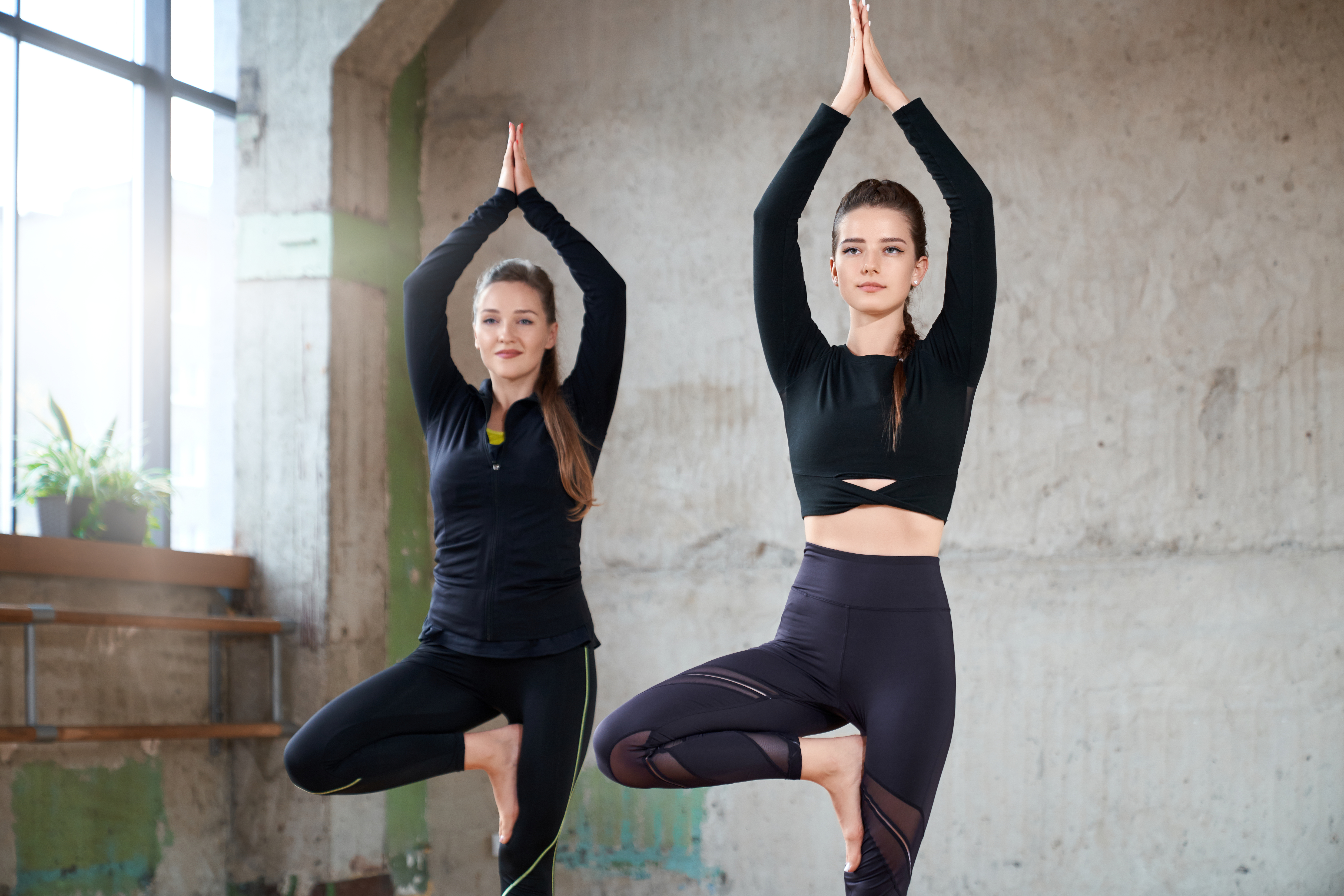
Developing postural awareness is a crucial step in improving posture and preventing back pain. By becoming more aware of your body's position and alignment, you can recognize and correct misalignment before it leads to discomfort. Postural awareness involves paying attention to your body's position and alignment throughout the day. By developing postural awareness, you can make conscious adjustments to your posture and reduce the strain on your back. Techniques such as body scanning and mirror feedback are effective for increasing awareness and recognizing misalignment. Find a way to draw your attention back to your posture in the moment: roll your shoulders back, pull them down, and breathe deeply. By prioritizing postural awareness, you can enhance your posture and enjoy a pain-free back experience.
9. Footwear and Posture - The Impact of Shoes on Alignment

Footwear can have a significant impact on posture and back health. The shoes you wear can affect your body's alignment, influencing how you stand, walk, and move. Shoes that lack proper support can lead to imbalances and misalignment, increasing the risk of back pain and discomfort. It's very important to choose footwear that supports the natural alignment of your body. By selecting shoes that provide adequate arch support, cushioning, and stability, you can promote better posture and reduce the strain on your back. Wearing high heels has a significant impact on your posture, so we encourage to wear them sparingly or to find other alternatives.You should prioritize comfort and support in order to make informed decisions for optimal posture and back health. By choosing the right footwear, you can enhance your posture and enjoy a pain-free back experience.
10. Sleep and Posture - Aligning for Restorative Rest

Sleep is a crucial component of overall health, and the way you sleep can significantly impact your posture and back health. Proper sleeping posture can help maintain spinal alignment and reduce the risk of back pain. Sleeping in a position that supports the natural alignment of the spine is essential for preventing back pain and discomfort. By aligning your body during sleep, you can promote better posture and reduce the risk of back pain. In order to achieve proper sleeping posture, we recommend trying different sleep positions and pillow choices. By aligning your body for restorative rest, you can enhance your posture and enjoy a pain-free back experience.
11. Technology and Posture - Navigating the Digital Age

In the digital age, technology plays a significant role in our daily lives, but it can also contribute to poor posture and back pain. The use of smartphones, tablets, and computers often leads to forward head posture and rounded shoulders, increasing the risk of discomfort and injury. The repetitive use of technology can lead to postural imbalances and strain on the back and neck. Be mindful of your posture when using technology, including the risks associated with prolonged screen time. By making conscious adjustments to your posture and taking regular breaks, you can reduce the strain on your back and promote better alignment. Taking regular breaks and incorporating movement into your routine will help to counteract the effects of prolonged screen time. By navigating the digital age with better posture, you can enhance your posture and enjoy a pain-free back experience.
12. Strategic Movement Breaks: Beyond Just Standing

While standing desks are helpful, true postural genius lies in frequent, strategic movement breaks throughout the day. This isn't just about getting up; it's about disrupting prolonged static positions, whether sitting or standing. Every 20-30 minutes, perform a micro-movement: gentle neck rolls, shoulder shrugs, hip circles, or a quick walk to the water cooler. This ingenious approach re-engages neglected muscles, improves circulation, and prevents stiffness that can lock your body into poor alignment, offering profound relief from the cumulative strain of modern sedentary habits.
13. Targeted Self-Myofascial Release (SMR) with Tools: Unlocking Tissue Tension
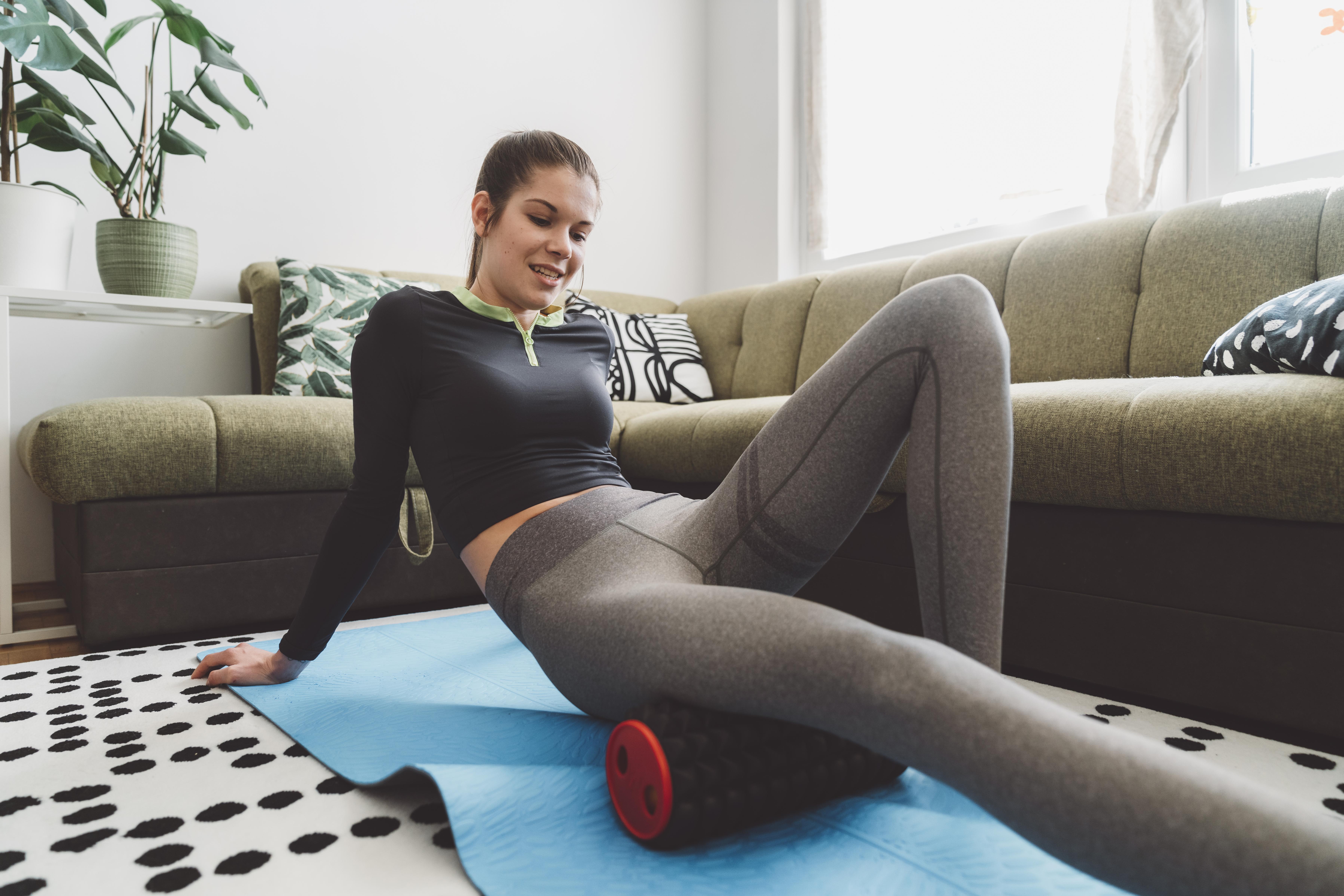
Beyond general stretching and foam rolling, targeted Self-Myofascial Release (SMR) using specific tools is an ingenious way to alleviate deep-seated muscle tension contributing to poor posture. Using lacrosse balls, trigger point rollers, or therapy canes, you can apply sustained pressure to tight spots and knots in your back, hips, and shoulders. This specific pressure helps release fascia, the connective tissue encasing muscles, restoring flexibility and reducing chronic pulling that compromises alignment. It's a precise self-therapy that effectively addresses postural imbalances at a deeper tissue level.
14. Hydration for Spinal Disc Health: Quenching Your Core

The health of your spinal discs—the shock-absorbing cushions between your vertebrae—is fundamentally linked to your hydration. Your discs are largely water, and dehydration can subtly reduce their plumpness and elasticity, making them less effective at absorbing shock and maintaining spinal integrity. The ingenious strategy is to view hydration not just for overall wellness, but specifically for spinal health. Consistent water intake throughout the day supports disc hydration, ensuring your spine remains flexible and resilient, protecting it from undue compression and maintaining optimal posture.
15. Mindful Lifting & Carrying Techniques: Protecting Your Powerhouse

Everyday tasks like lifting groceries, picking up children, or carrying bags can subtly sabotage your posture and lead to back pain if done incorrectly. The ingenious solution lies in mindful lifting techniques. Always engage your core, bend at your knees (not your waist), keep the object close to your body, and lift with your legs, not your back. When carrying, distribute weight evenly. This conscious application of biomechanical principles in routine movements protects your spine from damaging torque and strain, preserving its natural alignment through all of life's demands.
16. Balance & Proprioception Training: The Body's Inner Compass
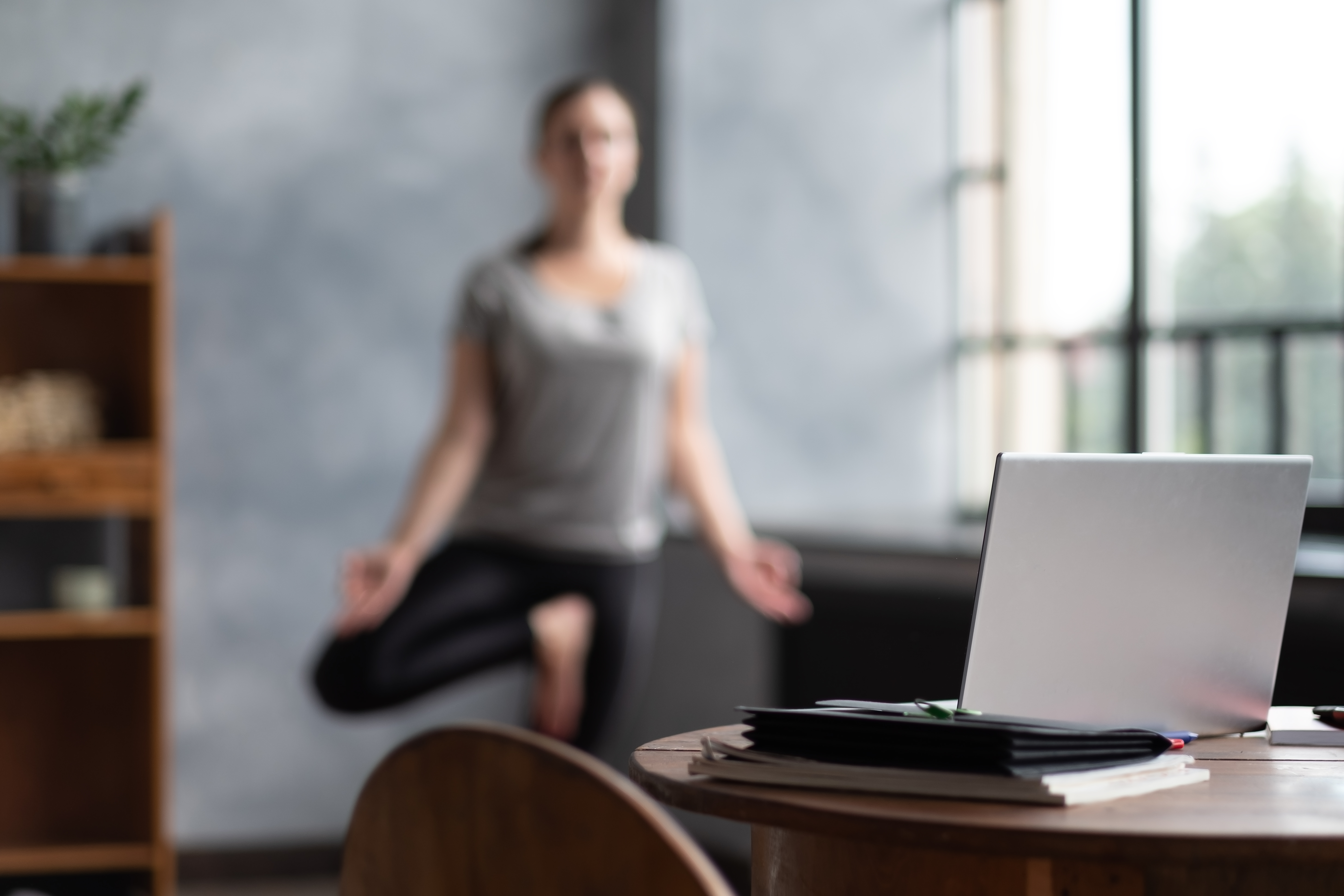
Good posture isn't just about static alignment; it's about dynamic stability. Training your balance and proprioception—your body's awareness of its position in space—is an ingenious way to improve posture. Simple exercises like standing on one leg, heel-to-toe walking, or using a wobble board challenge your core and stabilizing muscles. This strengthens your body's inner compass, allowing for unconscious, automatic adjustments to maintain optimal alignment against gravity and movement, reducing strain and improving overall spinal resilience.
17. Visual Cues & Posture Reminders: Hacking Your Awareness

Even with knowledge, we forget to maintain good posture. The ingenious hack is to set up visual cues and subtle reminders in your environment. Place a sticky note on your monitor with "Shoulders Back" or "Deep Breath." Set a recurring timer on your phone for a quick "posture check" every hour. Position a mirror where you often pass to see your alignment. These external nudges effectively retrain your brain to bring conscious awareness to your posture throughout the day, fostering new, healthier habits through consistent gentle reminders.
18. Chair-Based Micro-Movements: Active Sitting at Its Finest

For unavoidable prolonged sitting, chair-based micro-movements are an ingenious way to combat stiffness and promote dynamic posture. These are tiny, subtle movements you can do discreetly at your desk. Think small pelvic tilts (rocking your pelvis forward and back), gentle spinal twists, ankle circles, or shoulder blade squeezes. These aren't big stretches but constant, minute shifts that prevent muscles from seizing up and promote circulation. This keeps your body subtly engaged and aligned, even when your job demands stillness.
19. Nutritional Support for Connective Tissues: Building from Within

Posture isn't just about muscles and bones; it's profoundly impacted by the health of your connective tissues (ligaments, tendons, cartilage). An ingenious, often overlooked, strategy is supporting these tissues nutritionally. Consume foods rich in Vitamin C (crucial for collagen synthesis), protein (collagen, elastin), and specific minerals like copper and zinc. Incorporate bone broth, gelatin, and colorful fruits and vegetables. This internal nourishment provides the essential building blocks for strong, flexible connective tissues that resiliently support your spinal alignment.
20. Ergonomics for Mobile Devices & Driving: Beyond the Desktop

Poor posture extends far beyond the office desk. The ingenious solution lies in applying ergonomic principles to mobile devices and driving. When using a phone, bring it up to eye level instead of craning your neck ("tech neck"). Use a phone stand or propping for tablets. In the car, adjust your seat to support the natural curve of your lower back, ensure proper distance from pedals, and maintain a relaxed grip on the steering wheel. These mindful adjustments significantly reduce strain in environments where posture is often unconsciously compromised.
21. Strength Training Beyond the Core: Full Spinal Support

While core strength (as covered previously) is crucial, truly optimized posture requires strength training beyond just the abdominals. The ingenious approach is to target the specific muscles that directly support and stabilize the entire spine, including the back extensors, rhomboids, and lower traps. Exercises like rows, face pulls, and deadlifts (with proper form) strengthen the entire posterior chain, allowing your body to naturally hold an upright, aligned posture with less effort. This comprehensive strength builds a robust, resilient foundation for effortless, pain-free posture.
Embracing a Posture-Positive Lifestyle

As we conclude this comprehensive exploration of posture transformation, it's clear that achieving a pain-free back experience is within reach through mindful adjustments and lifestyle changes. The 21 strategies outlined in this article provide a holistic approach to improving posture, addressing various aspects of life that impact alignment and back health. By embracing these strategies, you can take control of your posture and enjoy a healthier, more comfortable life. Improving posture is not a one-time effort but a lifelong commitment to better alignment and back health. By prioritizing posture and making informed decisions, you can enhance your overall well-being and enjoy a pain-free back experience. Embrace a posture-positive lifestyle and take the first step towards a healthier, more comfortable life.
